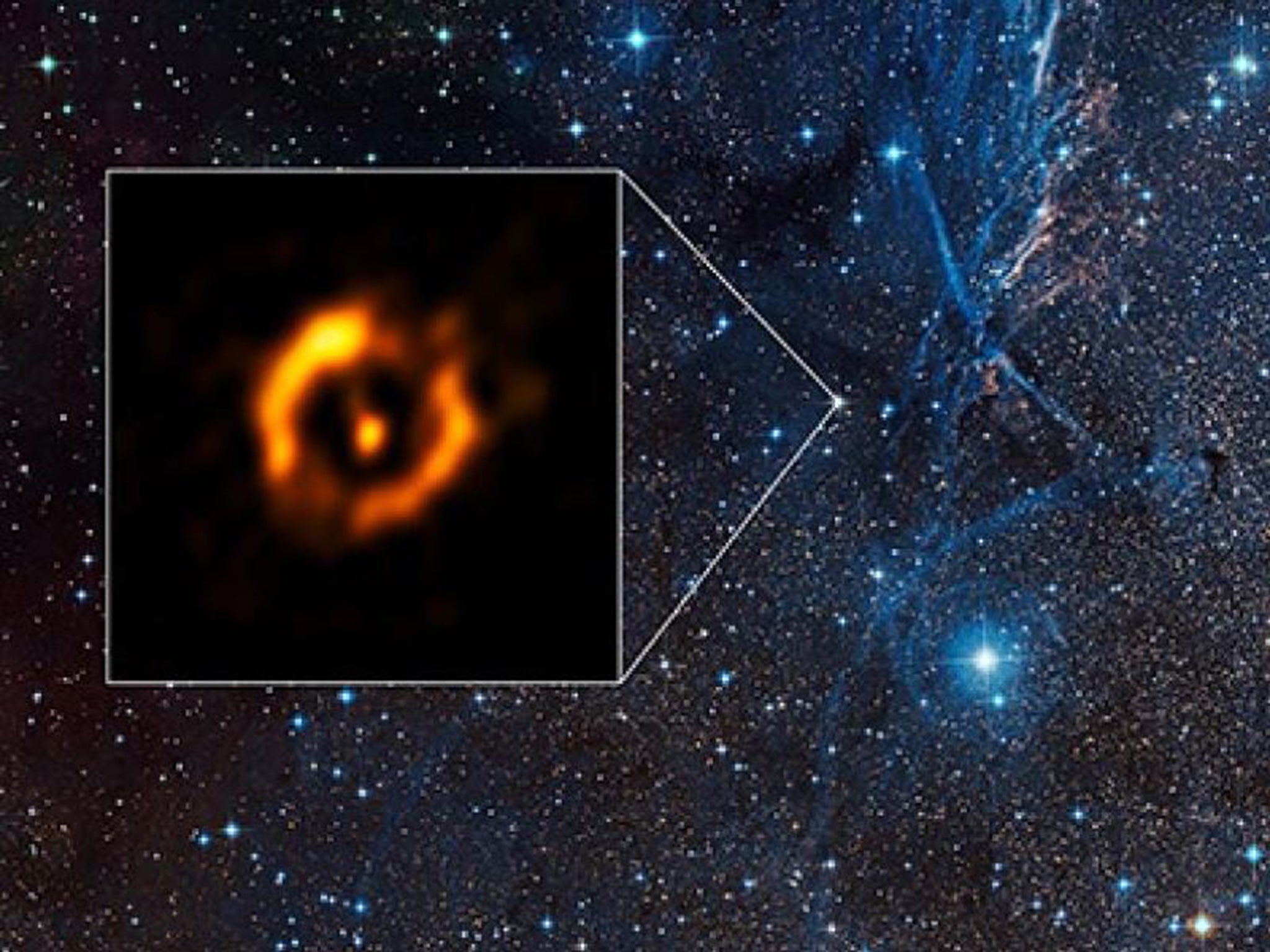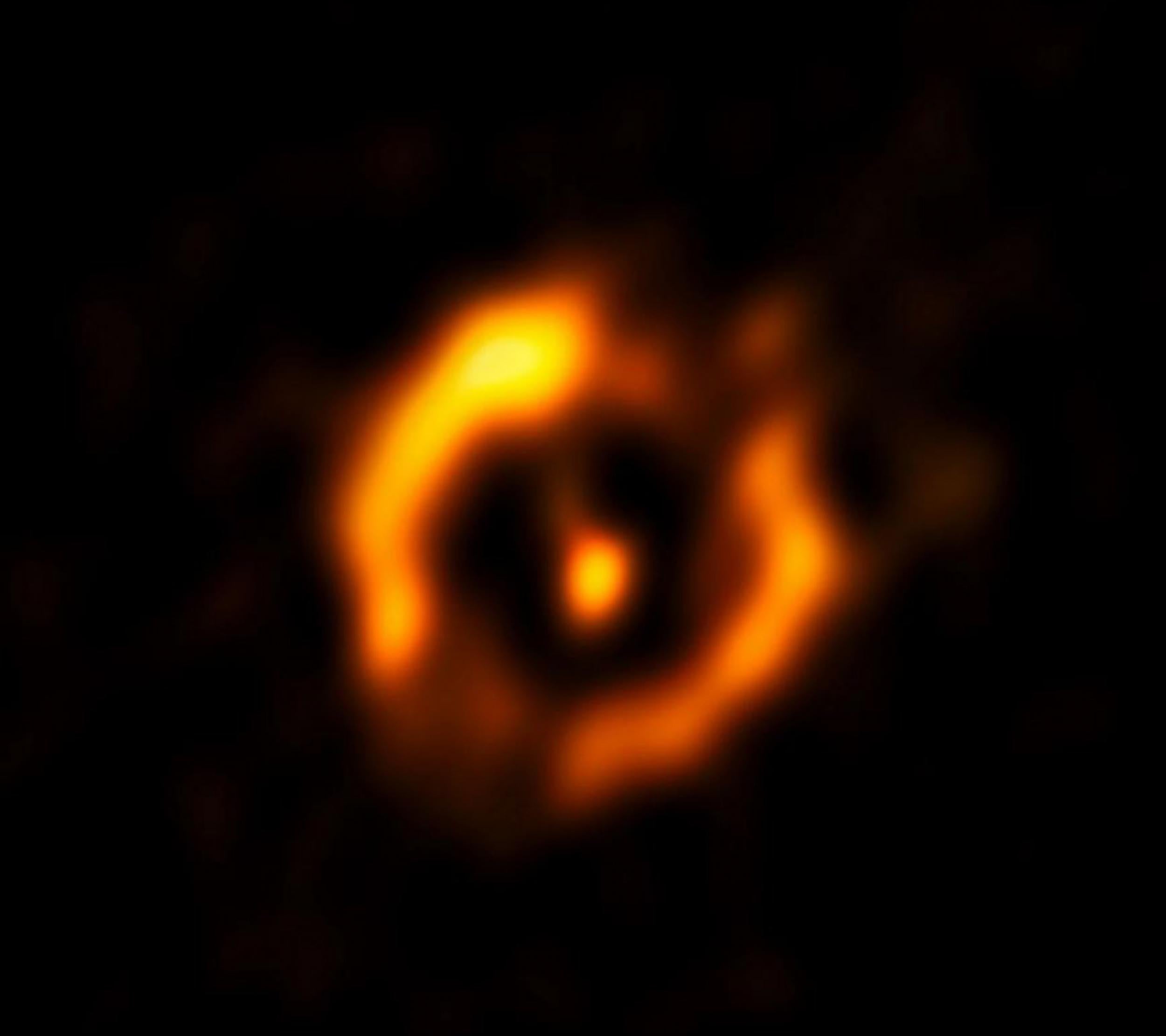Ageing star’s dusty halo could mean it’s still churning out planets
Host of the dust disk is a double star called IRAS 08544-4431, which sits about 4,000 light years away from us

When stars are young, they often host massive rings of dusty material — the ingredients that will form their future planets. And late in life, scientists have found, stars sometimes form similar disks a second time. The images above, taken with the Very Large Telescope Interferometer (VLTI) at ESO's Paranal Observatory in Chile, provide the sharpest-ever glimpse of one of these mature star disks.
Scientists still aren't sure whether this star — or other dusty ones of the same age — are actually making planets so late in life. But the new images show that the disks of new and old stars are strikingly similar.

The host of the dust disk is a double star called IRAS 08544-4431. It sits about 4,000 light years away from us.
“By combining light from several telescopes of the Very Large Telescope Interferometer, we obtained an image of stunning sharpness — equivalent to what a telescope with a diameter of [nearly 500 feet] would see,” Jacques Kluska, an Exeter University researcher who helped to image the star system, said in a statement.
“The resolution is so high that, for comparison, we could determine the size and shape of one Euro coin seen from a distance of [1,243 miles].”
In addition to a clear picture of the ring itself — dust thrown off by the decrepit red giant — the researchers believe they can detect a fainter ring around the smaller companion star, as well.
Copyright: Washington Post
Join our commenting forum
Join thought-provoking conversations, follow other Independent readers and see their replies
Comments